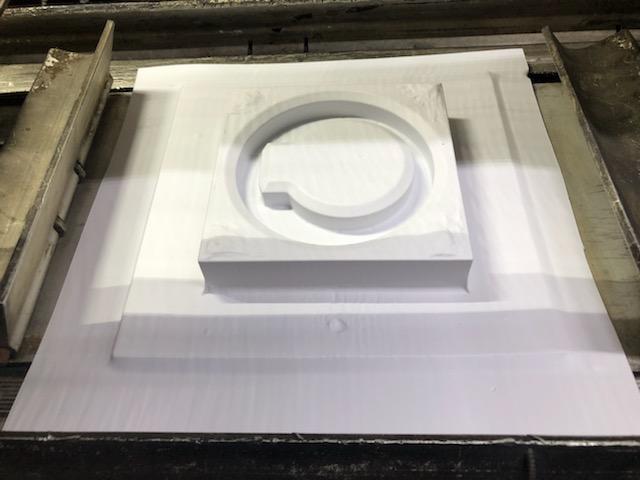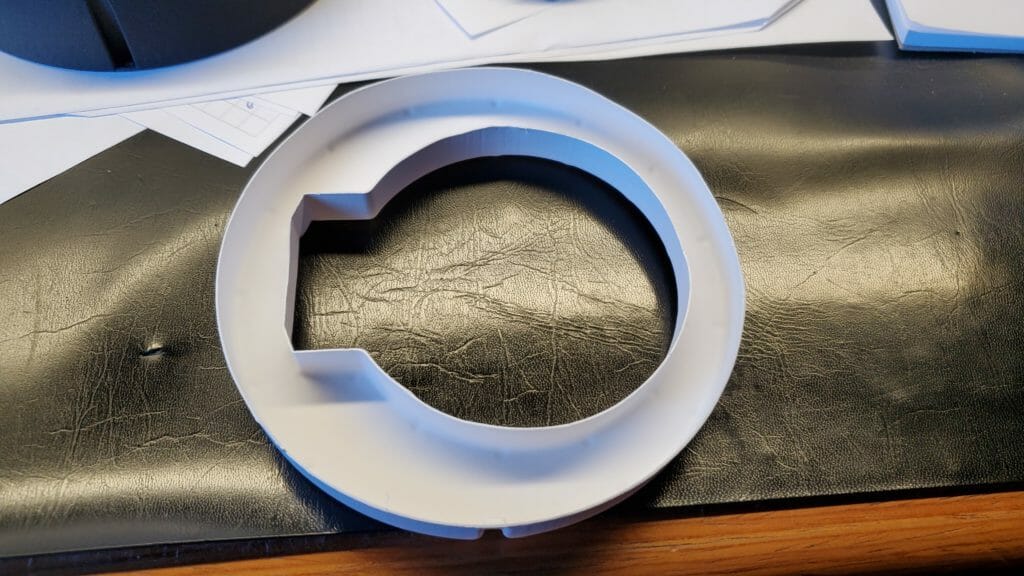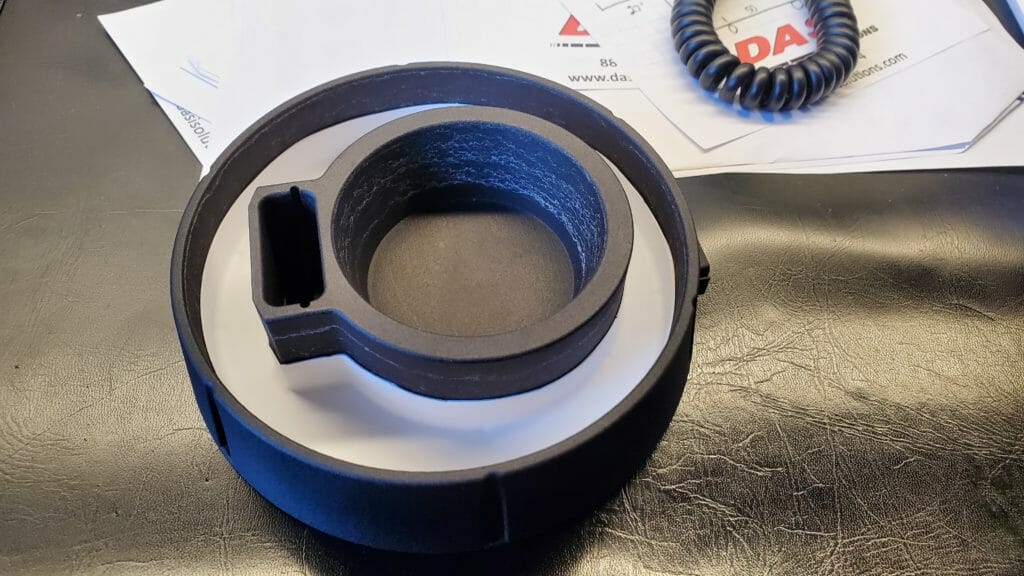Vacuum forming (also know as thermoforming) is where a sheet of plastic is heated to a forming temperature, stretched onto a single-surface mold, and forced against the mold by a vacuum. This process can be used to form plastic into permanent objects such as:
- Automotive: Thermoformed parts are used in many areas of the automotive industry such as air ducts, interior panels, dashboard assemblies, and seating components.
- Aerospace and Aviation: Aerospace and aviation are ideal applications for thermoforming due to their requirement for lightweight material and ability to create contoured curved pieces.
- Building and Construction: Another “heavy” industry application is building and construction, where equipment enclosures, machinery covers, and skylights are common uses for thermoforming.
- Transportation and Logistics: Heavier and more durable thermoformed pieces are often used in transportation. They may take the form of stackable and reusable trays for products having an unusual finished shape to “square” them to a cube like a pallet for transportation, or, as bins or containers used for both storage and transportation.
- Packaging: Perhaps nowhere is thermoforming more evident to in everyday use than in packaging. From consumer goods to electronics to medical trays to point of sale displays, thermoformed packaging is an efficient, safe, and clean way to protect a product during transportation and display. Thermoforming is also used heavily in the food industry for clamshell containers and other applications.
With the advent of 3D printing it has become possible to produce low cost tooling for the vacuum forming process quickly, with extremely high quality, and with robust materials that can last for thousands of cycles. Some of the 3D printing processes that lend themselves to producing vacuum forming tooling are:
- FDM: Because thermoforming does not require the high heat level required for some manufacturing processes, FDM parts can usually withstand the heat and pressure required to shape the part. FDM parts can also be sanded, drilled and are inherently porous, allowing a more even vacuum draw and improved part quality.
- MJF: Some thermoforming, such as mechanical or press forming may require hard strikes of the core plug at a higher heat to induce the shape to an extremely thick-gauged plastic. In the Multi Jet Fusion 3D printing process the layer of powder is selectively fused using a liquid agent and high intensity IR light to melt and form the part layer. Additional layers of powder can be deposited and repeated to create a stronger tool. For certain complex mechanical and press thermoformed parts requiring deep draws, sharp turns within the mold or for complex geometries at higher heat, MJF can produce a tool that can take the required pressure for those methods.



